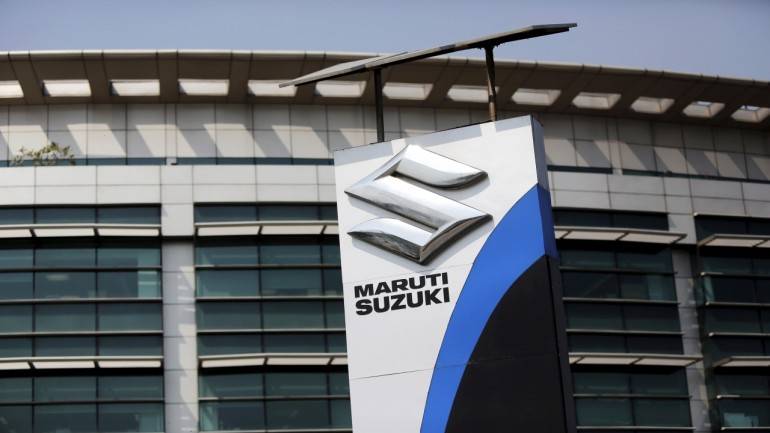NEW DELHI: Suzuki Motor India Pvt Ltd has decided to hold back its planned investments on capacity enhancement due to the ongoing slowdown in two-wheeler sales and expectation of a hit in the market by the transition to stricter BS-VI emission norm from BS-IV in April 2020, according to a senior company official.
The company, which is the only two-wheeler maker to post double digit growth so far this fiscal, also said uncertainty created over electrification of two-wheelers had also played a role in parent Suzuki Motor Corporation to adopt a wait and watch strategy before finalising on setting up a new manufacturing plant in India.
“The capacity enhancement is on the cards but it is not immediate. We would need a new facility but it would all depend on how the market responds to the BS-IV to BS-VI migration. That is very crucial and we are watching out for that,” Suzuki Motor India Pvt Ltd (SMIPL) Vice-President (sales, marketing and aftersales) Devashish Handa said.
SMIPL currently has a manufacturing plant in Gurugram with an annual capacity of 10 lakh units. The company expects to sell around 8 lakh units in the domestic market and export one lakh units this fiscal, he added.
“The expansion would definitely be there. It would have been earlier had the downturn not happened,” Handa said adding, it would also depend on how the whole electrification of two-wheelers pan out despite the recent government clarification over co-existence of internal combustion engine and electric vehicles (EVs).
“However, things like timelines and infrastructure (for EVs) are still to be notified or spelt out. We would like to see that (happen). A lot would depend on these two factors (BS-VI migration and electrification),” Handa said.
When asked if the company has at least identified a location and investment for the new plant, he said, “It is early to comment because it would not necessarily be to do with just the domestic market but also to do with parent Suzuki Motor Corporation’s (SMC) plans on their global operations, which may have a bearing on what capacity and what nature of capacity. Along with EVs, you have multiple factors which makes in difficult to comment right now.”
Commenting on the challenges of BS-VI transition, he said it may “have an impact similar to what the insurance regulation had in September last year”.
“That was the tipping point actually, that’s where the slide began,” Handa said.
While new safety regulations making features combination brakes and anti-braking systems added to the cost of two-wheelers, these were not as steep.
“The steepest were the five year insurance that took up the acquisition cost for the buyer to as high as 14-15 per cent overnight. Buyers have still to come to terms with the increased price point for a two-wheeler,” he said.
Just as things were about to start settling down, Handa added, “We are likely to have a very similar range impact because of the BS-IV to BS-VI migration.”
He said two-wheelers specially in the entry level segment which uses carburettor instead of fuel injection technology will be the worst hit when the emission norm transition happens.
In the more premium two-wheelers the percentage (of price increase) will be lesser because some value addition such as catalyser and fuel injection system that are required in BS-VI is already there, he said.
“However, in the case of lower end you move from carburettor injection to a direct fuel injection, that is one increase and then the catalyser, after treatment of the exhaust. Depending upon this, the percentage increase would be around 12-16 per cent,” Handa said.
He, however, hoped that at least for SMIPL sales are expected to grow next years despite moderation compared to this fiscal due to its plan to enter new markets in India.
In the April-August period this fiscal SMIPL has sold 3,46,018 units as against 2,98,989 units in the year-ago period, a growth of 15.72 per cent. (agencies)
Trending Now
E-Paper


